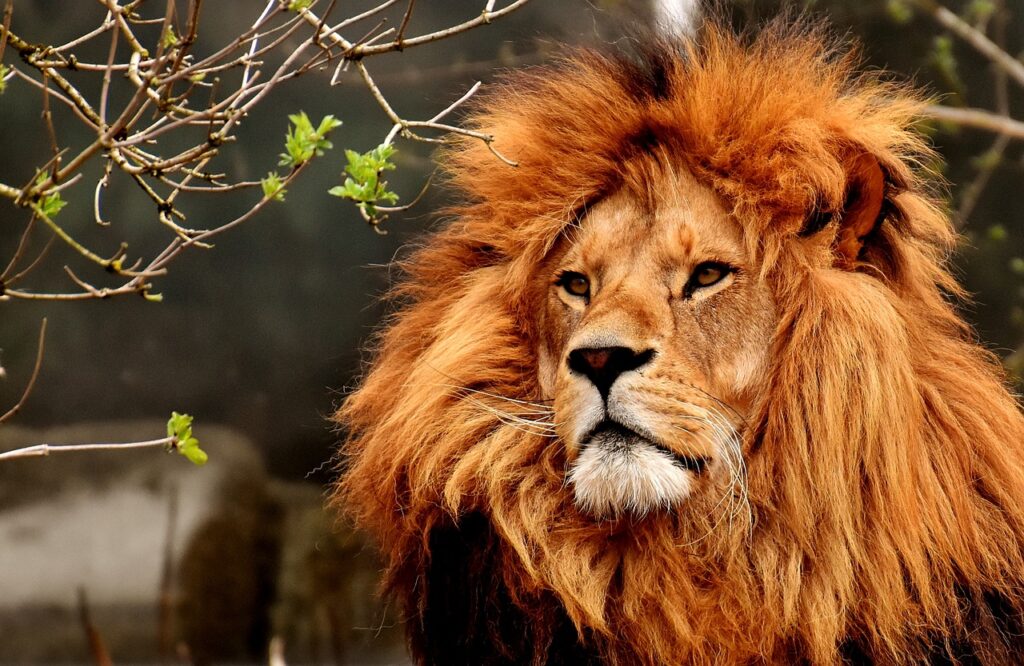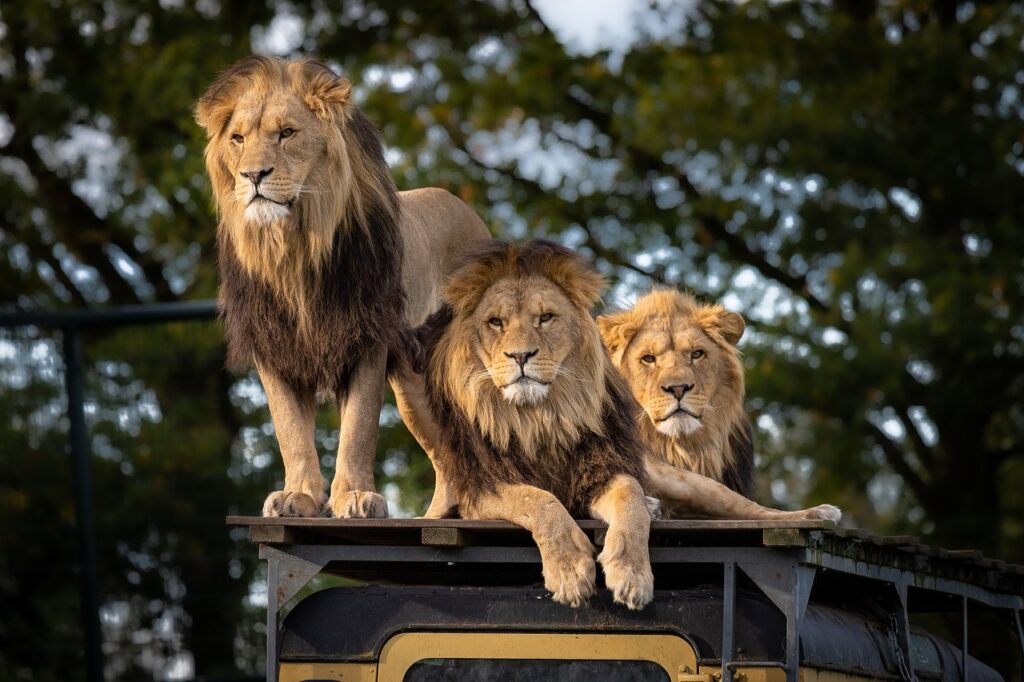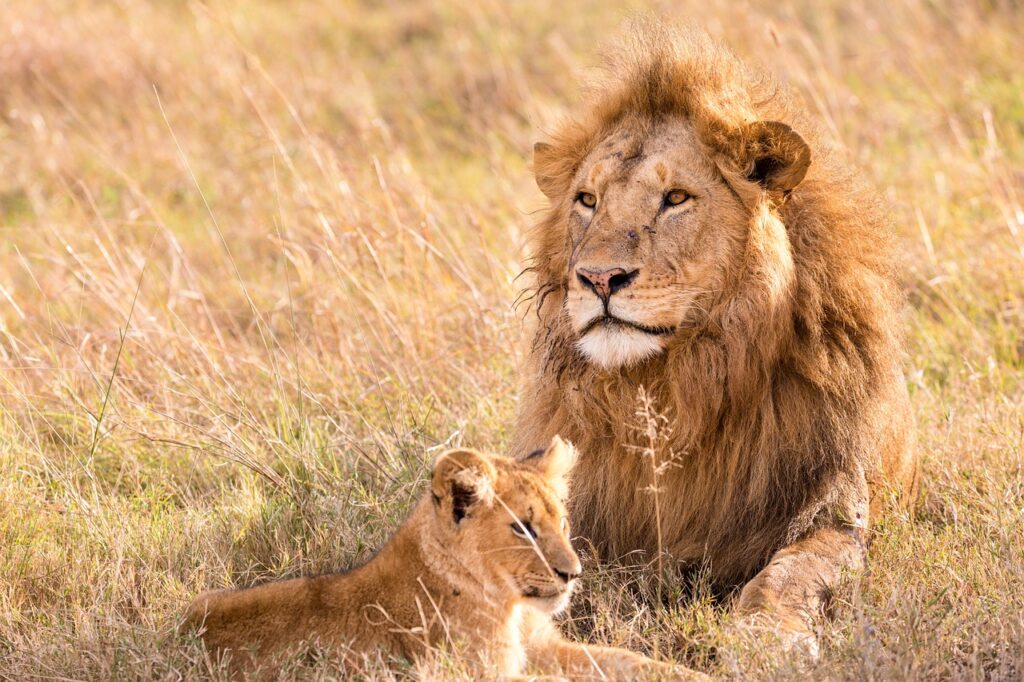Discover the largest lion ever recorded and learn what makes these majestic beasts so powerful. Uncover fascinating facts about size, strength, and survival!
When you think of lions, you probably picture a fierce and regal predator, the king of the animal kingdom. These majestic creatures are known for their strength, social nature, and imposing presence. But have you ever wondered which lion holds the title of the largest? While all lions are awe-inspiring, some individuals stand out due to their extraordinary size. In this article, we’ll dive into the fascinating world of the largest lion, uncovering facts, stats, and stories that will leave you in awe.
Understanding Lions: What Makes Them So Special?
Before we get into the specifics of the largest lion, let’s take a moment to understand what makes lions so unique. Lions (Panthera leo) are one of the Big Five game animals, alongside elephants, leopards, rhinoceroses, and buffalo. They are the only truly social cats, living in prides that can consist of anywhere between 2 to 30 lions. These prides are typically made up of females, their cubs, and a few adult males.
Lions are native to sub-Saharan Africa, with a small population found in the Gir Forest of India. They have a reputation for their muscular builds, thick manes, and powerful roars that can be heard up to 8 kilometres away. But among all lions, some grow larger than others, and today, we’ll look at these extraordinary beasts.
The Largest Lion Ever Recorded: A Record-Breaking Titan
The largest lion on record was a massive male lion shot in the 1970s in Tanzania’s Serengeti. This giant lion weighed in at an astounding 690 pounds (313 kilograms). Most adult male lions typically weigh between 300 and 500 pounds, so this lion was a true exception to the norm.
What made this particular lion stand out wasn’t just its weight, but also its remarkable size. It measured a whopping 10 feet (3 metres) long from the tip of its nose to the end of its tail. This lion’s sheer size would have been terrifying to any animal in its path.
While this lion’s size may never be replicated, it serves as a benchmark for what’s possible within the species. But how do lions grow to such enormous sizes? Let’s take a closer look at what factors influence lion size and what contributes to their incredible strength.

What Makes a Lion Grow So Large?
- Genetics: Just like in humans, genetics play a significant role in the size of lions. The largest lions tend to come from prides with a history of producing large offspring. However, it’s not just about size; genetic diversity is also important for the health and survival of the pride.
- Diet: Lions that have access to a rich and consistent food source will likely grow larger. In the wild, they hunt animals like buffalo, zebras, and antelope, which provide the protein and energy necessary for large muscle growth. A lion that struggles to find food may not reach its full potential size.
- Age: Younger lions may not reach their maximum size until they’re fully matured, usually around 5 to 7 years old. Male lions typically reach their full size later than females, as they develop more muscle mass and grow their iconic manes over time.
- Social Environment: In a pride, dominant males tend to have better access to food, which could contribute to their larger size. Additionally, lions that live in more peaceful, less competition-filled environments may grow larger due to less stress and higher food availability.
- Climate: The climate can also play a role in how large a lion grows. Lions living in regions with warmer climates, like those in sub-Saharan Africa, tend to have more opportunities for food and a larger hunting range, which might lead to bigger lions.
The Largest Lion in Captivity: A Different Story
While the largest wild lions are truly massive, some lions in captivity have been known to reach extraordinary sizes as well. These lions often grow larger than their wild counterparts due to factors like consistent food intake and lack of environmental stressors.
For example, a lion named Zawadi, who lived at the Lion Park in Johannesburg, South Africa, weighed around 800 pounds (363 kilograms), far beyond the typical size of a lion in the wild. Zawadi’s size was due to a combination of genetic factors, a steady diet, and controlled living conditions that allowed him to grow to such enormous proportions.
While lions in captivity can grow larger, it’s important to note that they often don’t have the same life expectancy as those in the wild. Lions in the wild face many challenges, including food scarcity, disease, and human encroachment, which can limit their size and longevity.

The Impact of Manes: Do They Affect a Lion’s Size?
A lion’s mane is one of its most distinguishing features. But did you know that the size and condition of a lion’s mane can actually be an indicator of its health and strength? Male lions grow thick manes as they mature, and the size and colour of the mane are often used by females to choose mates. A darker, fuller mane signals that a lion is in peak health and likely has superior genes.
Lions with larger manes are often considered dominant within a pride. While the size of the mane doesn’t directly correlate with the lion’s physical size, it is a sign of the lion’s strength and virility. In fact, some studies suggest that male lions with fuller manes are more likely to win fights with other males, contributing to their ability to pass on their genes.
The Largest Lions in the Wild Today
While the record-breaking lion from the Serengeti may not be around today, there are still some extraordinarily large lions roaming the African savannahs. Lions in the Kalahari Desert, in particular, are known for their larger size. This region’s lions are well-adapted to the harsh conditions, with larger bodies to conserve energy and survive the extreme heat.
Kruger National Park, one of South Africa’s most famous wildlife reserves, is also home to some impressive lions. These lions have adapted to their environment and, due to the park’s rich wildlife, tend to grow larger than lions in less abundant regions.
Lions in the Ngorongoro Crater in Tanzania are also noteworthy. The park is home to a dense population of lions, and many of the males here are known for their large size. These lions have to compete for food, which results in larger, more dominant individuals emerging from the pack.
How Can You See the Largest Lions in the Wild?
If you’re keen to see some of the largest lions in the wild, there are a few places where you’re most likely to encounter them. Here are some of the best places to visit:
- Serengeti National Park (Tanzania): Known for its vast plains and abundant wildlife, the Serengeti is home to large lion populations. You may even spot a record-breaking giant lion here.
- Kruger National Park (South Africa): This famous park is home to some of the largest lions in Africa, and you can easily go on a safari to see these magnificent beasts up close.
- Okavango Delta (Botswana): The lions here are known for their large size, and the region’s high prey density contributes to their impressive stature.
- Chobe National Park (Botswana): Known for its elephant population, Chobe is also home to many large lions, making it an excellent destination for wildlife lovers.
Why Do Lions Get So Big? The Evolutionary Perspective
From an evolutionary standpoint, larger lions have a better chance of surviving and reproducing. In the wild, bigger lions are often able to defend their territory and dominate other males. They also have better access to mates and food, which allows them to pass on their genes to the next generation.
In evolutionary terms, size is often an advantage in the fight for survival, especially when it comes to lions. The larger and more powerful a male lion is, the more likely he is to maintain dominance within the pride and secure access to mates.
The Bottom Line: The Largest Lion Is Truly Majestic
Lions are already incredibly impressive creatures, but the largest lions are truly a sight to behold. These titans of the savannah stand out not just because of their size but also because of the fascinating factors that contribute to their growth. Whether they’re living in the wild or in captivity, the largest lions continue to capture the imagination of those lucky enough to encounter them.
As we continue to study these magnificent creatures, one thing is certain: the lion remains a symbol of power, majesty, and the untamed beauty of the animal kingdom. If you ever find yourself on a safari or simply studying them from afar, you’ll never forget the awe-inspiring sight of the largest lion.
Experience the awe of owning this massive, lifelike giant lion – over 6 feet of pure wonder! Click here to make it yours!
